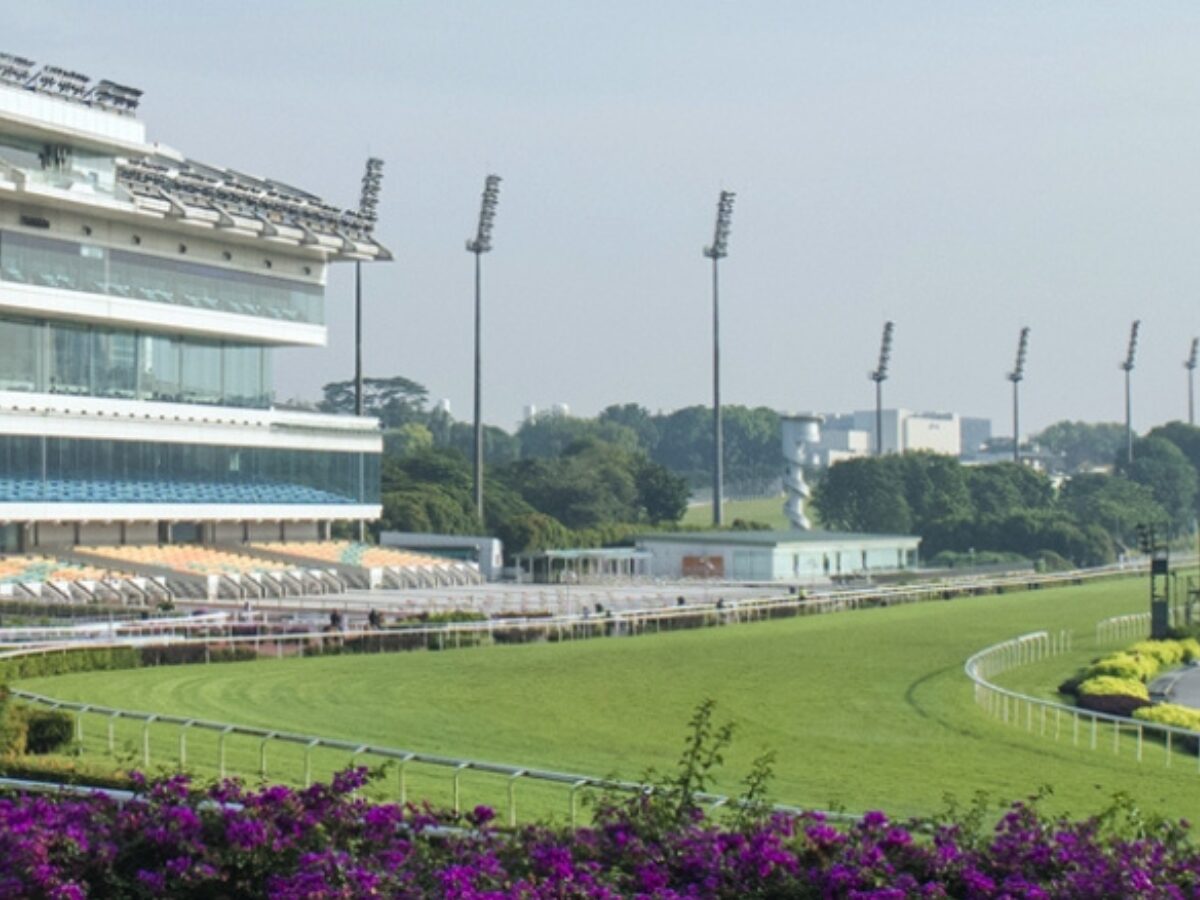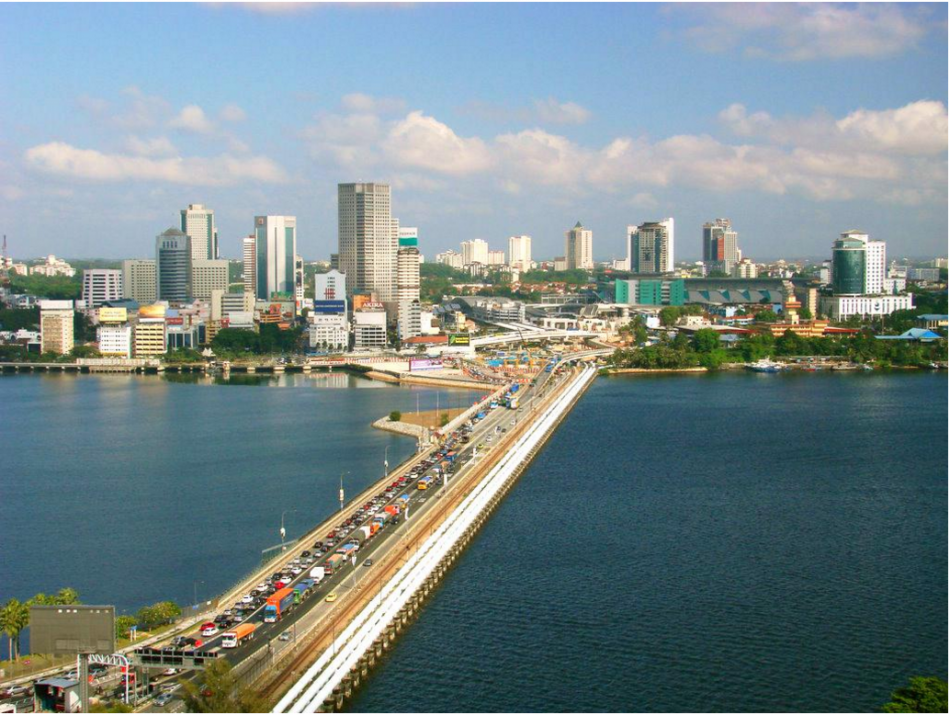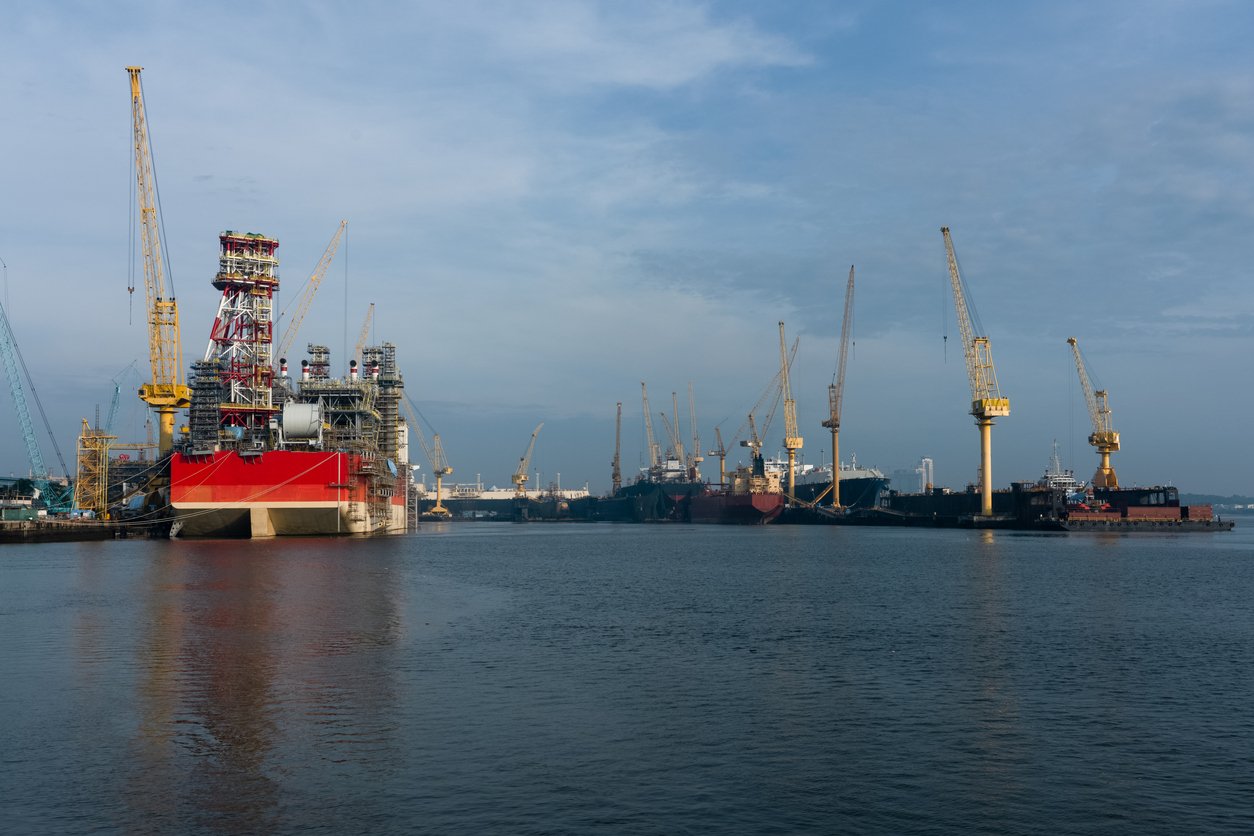Housing has always been central to Singapore’s story of nation-building. From the first HDB blocks in Queenstown in the 1960s to today’s integrated new towns, each generation of leaders has ensured that every Singaporean can have a home to call their own. At the 2025 National Day Rally (NDR), Prime Minister Lawrence Wong set out a bold vision for the next decade; one that focuses on transforming the northern region, rejuvenating historic sites, and reimagining neighbourhoods for the future.
This article takes a closer look at the three key areas slated for major redevelopment — Kranji, Woodlands, and Sembawang — charting their past identities and the future promised. We also highlight a complementary initiative designed to support Singapore’s ageing population.
Table of Contents
- Kranji: From racecourse to green housing hub
- Woodlands: From border town to northern gateway
- Sembawang: From shipyard to waterfront living
- The bigger picture
📅 Timeline
How Kranji, Woodlands, and Sembawang will evolve from past identities to future promises.
🏇 Kranji
- Past: Singapore Turf Club operated the racecourse until its final race on 5 Oct 2024. The site will be returned to the Government by March 2027.
- Now: 130-hectare site (≈200 football fields) under planning. URA confirmed both public and private homes will be built.
- Future: ~14,000 homes ready by the mid-2030s. Neighbourhood centre near Kranji MRT, Sungei Kadut MRT interchange (2035), lush greenery including Mandai Wildlife Reserve, Sungei Mandai waterway, Rail Corridor, and Mandai Mangrove & Mudflat Nature Park (2028).
🚦 Woodlands
- Past: A checkpoint town defined by Causeway congestion and cross-border traffic.
- Now: “Housing by the Woods” precinct bringing ~4,000 flats across 21ha, overlooking Admiralty Park and waterfront.
- Future: A regional centre with expanded Woodlands Checkpoint (5× bigger), RTS Link to Johor Bahru (2026), waterfront homes, and flexible industrial/mixed-use spaces near Woodlands North MRT.
⚓ Sembawang
- Past: British naval base (1938) → shipyard opened (1971).
- Now: Shipyard slated for relocation by 2028.
- Future: Vibrant waterfront district with new homes, retail, dining, and recreation. The massive dry dock to be creatively repurposed into sports/event/community spaces, preserving heritage while embracing modern lifestyles.
Kranji: From racecourse to green housing hub

For decades, Kranji was synonymous with the Singapore Turf Club and its sprawling racecourse. With the final race held in October 2024, the site’s closure freed up a vast ~130-hectare expanse. Questions quickly turned to what might become of such a prime site on Singapore’s northern edge.
At NDR 2025, PM Wong announced that Kranji will be redeveloped into a new housing estate with about 14,000 public and private homes. This estate is not designed as a conventional new town. Instead, it will be planned “amidst lush green spaces”, with its location between the Mandai Wildlife Reserve, Sungei Mandai waterway, the Rail Corridor, and an upcoming mangrove and mudflat nature park ensuring that residents live in close harmony with nature.
Connectivity will be a cornerstone of the development. A new neighbourhood centre will be built near Kranji MRT, while Sungei Kadut MRT station will become an interchange for the North–South Line and Downtown Line, opening by 2035.
Together, these features will anchor the estate as one of the most ambitious and greenest urban renewal projects in Singapore, with the first homes expected to be ready in around ten years.
Woodlands: From border town to northern gateway

For much of its history, Woodlands has been thought of as a checkpoint town marked by heavy traffic, daily cross-border commutes, and limited activity beyond its gateway role. In the past decade, however, Woodlands has been undergoing steady change, driven by its designation as a regional centre in Singapore’s urban plans.
Now, the transformation is being accelerated. The Woodlands Checkpoint will be expanded to five times its current size, easing congestion and enhancing links with Johor Bahru, especially as the Johor–Singapore Special Economic Zone (SEZ) gains momentum.
Around Woodlands North MRT and the upcoming RTS Link (slated for completion by end-2026), the Government will introduce a mix of flexible industrial spaces and new housing. This includes about 4,000 HDB flats near Admiralty Park and further homes along the waterfront.
What this signals is a decisive shift: Woodlands will no longer simply be a transit point at the Causeway. It is on track to become a modern, self-contained hub that blends homes, jobs, and recreation.
Sembawang: From shipyard to waterfront living

Sembawang’s identity has long been tied to its shipyard and naval base, dating back to its British colonial past. The shipyard has served as a cornerstone of Singapore’s maritime industry for decades, but operations are set to fully relocate by 2028. This opens up a rare opportunity to reimagine a historic industrial site.
The Government’s plan is to transform the area into a vibrant waterfront district, complete with homes, eateries, retail, and recreational spaces. Importantly, Sembawang will not erase its past.
Key heritage structures, including the massive dry dock, will be preserved and adapted into community facilities for sports, performances, and cultural events. This careful blend of heritage and modernity reflects Singapore’s broader ethos of development with memory, giving residents a unique waterfront lifestyle that honours history while embracing the future.
Aside: Age Well Neighbourhoods
While the major announcements at NDR 2025 centred on Singapore’s northern estates, PM Wong also addressed the country’s demographic challenge. By 2030, more than one in five Singaporeans will be over 65, marking the nation’s entry into “super-aged” status. To meet this challenge, the Government will roll out “Age Well Neighbourhoods” starting in Toa Payoh and other senior-heavy estates.
These are not retirement villages but integrated precincts within HDB towns, designed to help seniors age in place. Features include Active Ageing Centres, home-based services such as health checks and meal deliveries, dedicated care staff for regular check-ins and emergency support, and health posts run by public hospitals embedded in the community. The aim is to allow seniors to remain independent and socially connected while receiving the care they need, close to home.
Looking for a home? We found you the best available HDB units
The bigger picture
The redevelopment of Kranji, Woodlands, and Sembawang represents a calculated extension of Singapore’s housing landscape into the northern region. As of June 2024, Singapore’s total population stood at 6.04 million, with projections indicating continued growth. Notably, the non-resident population has been increasing, highlighting the need for sustainable urban planning.
Over the next decade, Singaporeans can expect homes that are more connected, communities that are more inclusive, and estates that balance heritage with modern living. It is an ambitious housing vision, but one grounded in Singapore’s tradition of planning ahead and building with people at the heart of policy.
The post NDR 2025: The next decade of housing in Singapore appeared first on .















































